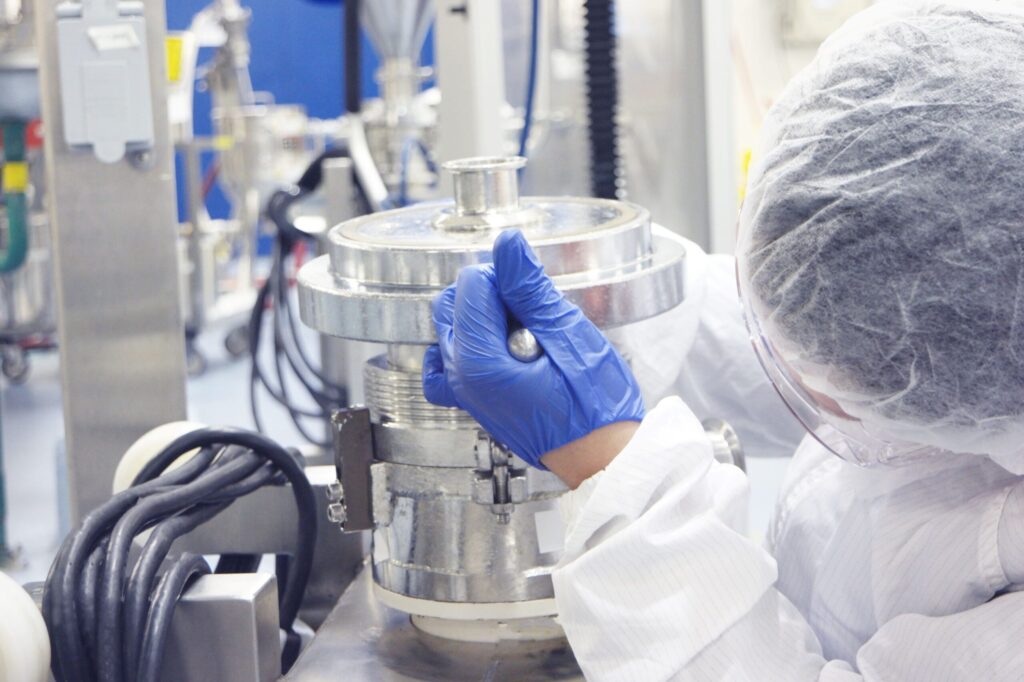Researchers based in Sweden have developed a metabolism-based model of mammalian cell types commonly used in antibody production. The team, led by Veronique Chotteau, PhD, a professor at KTH Royal Institute of Technology, believes the new model can be used as a digital twin and help understand the underlying metabolic processes captured within large datasets.
“To my knowledge, we’re the first group taking metabolic reactions into account in bioreactor systems,” says Chotteau. “We believe we’re bringing forward a tool that is a new way of seeing [cell culture] that can be helpful.”
According to Chotteau, the new model simulates the production of antibodies within cell culture, including the amino acids and energy sources involved.
“We can include any component that we want, and what we create is a network of metabolic reactions. We also model the kinetics,” she explains.
The model was developed on perfusion bioreactors where the cell culture media is constantly renewed and is now being used with fed-batch systems.
“With perfusion, you have a potentially steady state and control over what’s happening, and what we’re currently doing is applying our approach to more dynamic systems,” she explains.
The model has been tested with Chinese Hamster Ovary (CHO) cells and Human Embryonic Kidney (HEK) cells, the mammalian cell types commonly used in bioprocessing. The model takes a hybrid approach, using both computer modeling and existing data, but also reactions described in biochemistry textbooks.
In contrast, Chotteau explains, many current approaches take the mass balance of the cell culture components flowing in and out of the bioreactor and apply that in a purely data-driven approach.
The team is now planning to work on immune and other types of cells, as well as continuing work on fed-batch systems. In addition, the team is working on integrating the model with sensors to provide feedback on bioprocesses and process control.

